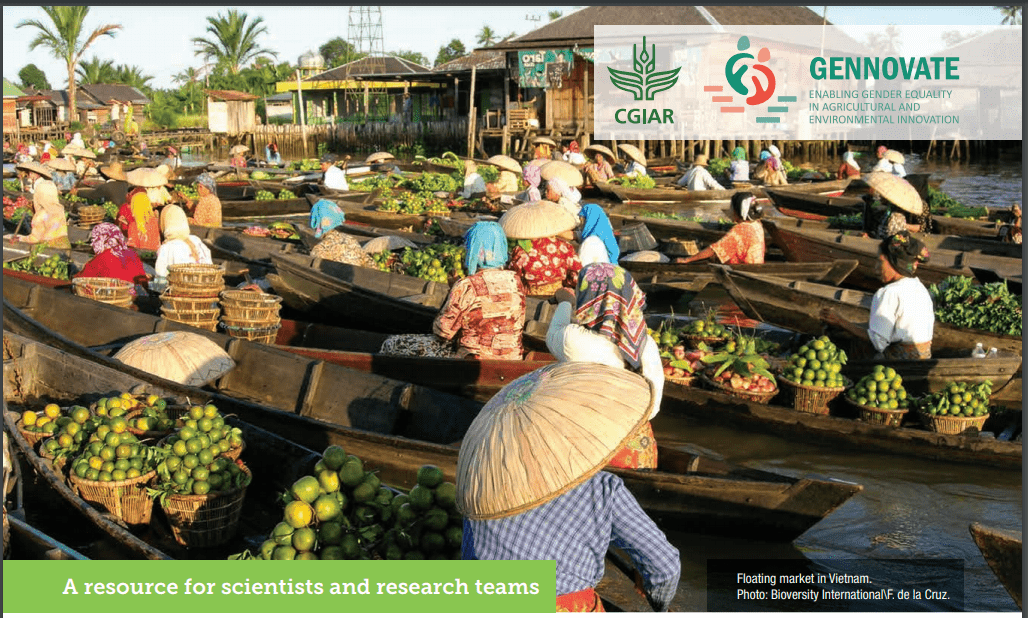Eliminating malnutrition is one of the greatest challenges of our time. Poor quality diet is a principal cause of malnutrition and a top risk factor of morbidity and mortality globally (Wang et al., 2017). Nutrition programs and projects abound typically target children, mothers, and other women of childbearing age, who are particularly vulnerable to nutrient deficiencies and often discriminated against when it comes to intra-household decisions shaping access to and allocation of nutritious foods. The close association between women, particularly young and middle-aged, and food processing and preparation has further encouraged nutrition-sensitive initiatives to target this demographic group (Alderman, 2017; FAO, 2017). Yet, the influence of other family members – especially fathers, grandmothers (mother-in-law), and other extended family relations in the household – over maternal and child health and nutrition is increasingly being acknowledged (Satzinger et al., 2009; FAO, 2017). Assuming that young and middle-aged women alone are responsible for this domain of activity thus under-recognizes the ways different household members and local social norms associated with household roles and relations shape dietary decisions among family members. Social norms comprise the everyday behaviors and interactions that are deemed to be typical and appropriate in a context. These decisions affect food production, budgets and consumption. For example, despite women’s central roles in food provisioning and preparation, dietary decisions are not made individually but rather are shaped by numerous factors. Wider social norms and men’s and women’s expectations shape the resources allocated to household food budgets, dietary and cooking preferences, and how meals are shared. Social norms and other contextual influences contribute to variance on the ground in women’s and men’s control of assets for food production and purchases as well as their market access. While some decisions and activities are made or carried out jointly by the primary adult man and woman in a household, others involve greater gender specialization. A better understanding of the norms shaping household roles and relations at different moments of the nutrition pathway can enhance nutrition-related research and interventions, including by identifying important roles played by “nontraditional” actors such as husbands and mothers-in-law. In what follows, we outline a data collection method for mapping the engagement of household members along the nutrition pathway, beginning at the post-harvest or food purchase stage. This starting point along the pathway owes to the fact that the tool was applied within the larger GENNOVATE study, which also explicitly focused on production decisions in various other parts of the methodology. Yet, the tool can be expanded to analyze decisions and roles related to food production for household use and markets, including livestock raising and related products. As done within the GENNOVATE study, it can be combined with other methods or integrated in a larger data collection effort to understand the factors and processes shaping household production, exchange, and consumption.

